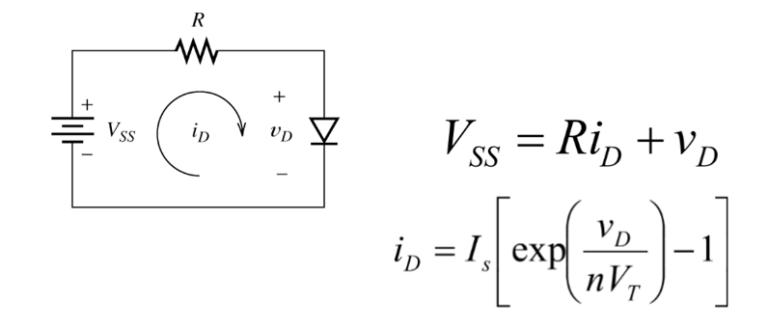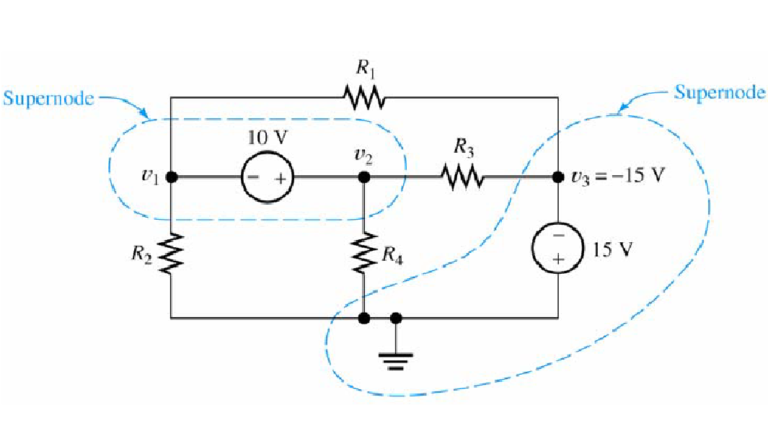Unlocking the Power of Inductors
When an electrical current flows through a wire, the current generates a small magnetic field around the wire. If the wire is shaped into a coil, the magnetic field becomes much stronger, thus an inductor is created. Today we’re going to dive into the world of inductors and see how these amazing devices shape the very essence of electricity.
What is inductor and why it is used?
Before we jump into the nitty-gritty details, let’s start with the basics. So, what exactly are inductors? Think of them as little superheroes of the electrical world. An inductor, also known as a coil, choke, or reactor, is a passive electrical component with two terminals that stores energy in a magnetic field when current passes through it. Typically, an inductor consists of an insulated wire wound into a coil.

When the current in the coil changes, it creates a time-varying magnetic field, which induces an electromotive force (EMF) or voltage in the conductor. This phenomenon is described by Faraday’s law of induction. According to Lenz’s law, the induced voltage opposes the change in current that caused it. As a result, inductors resist changes in the current flowing through them. Inductors also help manage fluctuations in an electric current which can be experienced in a circuit.

Imagine a scenario where you have a flow of electricity in a wire. When you introduce an inductor into that circuit, it starts to resists the change in current. Think of it like state trooper or speed bump controlling the flow of cars. The inductor says, “Hold on, folks, let’s slow things down a bit.”

What is difference between inductor and inductance?
An inductor is a physical component that is designed to generate a strong magnetic field. on the other hand, inductance is a property or characteristic of an inductor. It quantifies the ability of an inductor to store energy in the form of a magnetic field. Inductance is measured in hennies and denoted by the letter L. A stronger magnetic field corresponds to higher inductance.
What is the difference between a capacitor and an inductor?
A capacitor and an inductor are both passive electronic components, but they function in contrasting ways. A capacitor resists changes in voltage but allows changes in current. In contrast, an inductor resists changes in current but allows changes in voltage. Thus, capacitors and inductors serve different roles in electrical circuits, responding to different types of signals.
The Role of Inductors in Electrical Systems
Now that we know what inductors are, let’s explore their role in electrical systems. Inductors have a significant impact on how electricity behaves within a circuit. One of their primary functions is to influence current and voltage behavior. When the current changes, the inductor resists this change, which affects the voltage across its terminals. It’s like having a built-in regulator that helps stabilize electrical signals.
Inductors are responsible for creating and manipulating electromagnetic fields. These fields play a vital role in various applications, from generating power to transmitting signals. By harnessing the power of inductors, we can control the strength and direction of these fields, allowing us to design complex electrical systems with precision.

How do you charge an inductor?
Inductors are also masters of energy storage. Just like your phone’s battery, they can hold electrical energy. When the current flowing through the inductor changes, it either absorbs energy from the circuit or releases it back. This ability to store and release energy is why inductors are so crucial in electrical systems. They act as temporary storage units, ensuring a steady and reliable flow of energy when needed.

How to calculate the value of inductors connected in series and parallel?
Similar to resistors, when inductors are connected in series, their total inductance (Ltotal) can be calculated by simply summing up the individual inductance values (L1, L2, L3, etc.). So, Ltotal= (L1 + L2 + L3 + …)
On the other hand, when inductors are connected in parallel, their reciprocal values (1/Ltotal) add up. Therefore, the total inductance (Ltotal) can be calculated by taking the reciprocal of the sum of the reciprocals of individual inductances (1/L1 + 1/L2 + 1/L3 + …). Finally, take the reciprocal of Ltotal to obtain the total inductance value.

How Do Inductors Work?
Now that we understand the significance of inductors, let’s delve deeper into how they actually work. Remember that coil of wire we mentioned earlier? Well, it’s the key player in an inductor’s operation. When an electric current flows through this coil, it generates a magnetic field around it. This magnetic field is directly proportional to the current passing through the wire. The more current, the stronger the magnetic field.

Here’s where the fun begins. When the current through an inductor changes, the magnetic field also changes. But, the inductor doesn’t like sudden changes. It resists them, and in doing so, it creates an opposing voltage. This is known as “inductive reactance.” The inductor says, “Hold up! I won’t let the current change so easily.” This property of inductors to resist changes in current is why they’re often associated with terms like “chokes” or “filters.”
We also need to mention self-inductance and mutual inductance. Self-inductance refers to the phenomenon where an inductor induces a voltage in itself due to the changing magnetic field it creates. On the other hand, mutual inductance occurs when the magnetic field generated by one inductor induces a voltage in another nearby inductor. These concepts might sound a bit complex, but they’re fascinating to explore when diving into the world of inductors.
How do you find current with voltage and inductor?
Below are the equation for voltage, current an power through an inductor:

Below are the examples of for voltage, current an power waveforms of an inductor:

Applications of Inductors
Now that we’ve grasped the inner workings of inductors, let’s take a look at their real-world applications. You’d be surprised at how many devices rely on inductors to function correctly. For instance, in power supplies, inductors help smooth out voltage ripples and provide stable power to sensitive electronic components. Without them, our electronic gadgets might go haywire!
Inductors are also the unsung heroes behind filters. They are crucial components in audio systems, where they separate different frequencies, allowing us to enjoy crisp and clear sound. Transformers, those magical devices that step up or step down voltage, heavily rely on inductors as well. They enable efficient power transmission and distribution across long distances, bringing electricity to our homes.
And let’s not forget about electric motors! Inductors are integral to their operation too. By creating magnetic fields and interacting with other components, inductors help convert electrical energy into mechanical energy, making our appliances run smoothly.
Choosing and Using Inductors
If you’re thinking of incorporating inductors into your projects, it’s essential to choose the right ones for the job. There are a few key factors to consider when selecting an inductor. Make sure the inductance value matches your requirements.
Next, consider the current rating. This tells you how much current the inductor can handle without overheating or causing any issues. Always choose an inductor with a current rating higher than what you expect to flow through it.
Tolerance is another important parameter. It specifies the allowable variation in the inductance value. For precise applications, opt for inductors with tighter tolerance.
Conclusion
And there you have it, folks! We’ve successfully unlocked the power of inductors and gained a deeper understanding of how they shape electrical systems. From their fundamental workings to their crucial role in energy storage, electromagnetic fields, and various applications, inductors have proven to be indispensable components in the world of electronics.
By harnessing the unique properties of inductors, we can create efficient power supplies, design effective filters, build transformers for power transmission, and bring electric motors to life. These devices have become the unsung heroes behind the seamless functioning of our electronic gadgets and the smooth operation of our everyday appliances.
Remember, as you venture into the world of inductors, always consider factors like inductance, current rating, and tolerance when choosing the right components for your projects. These considerations will ensure optimal performance and reliability.







